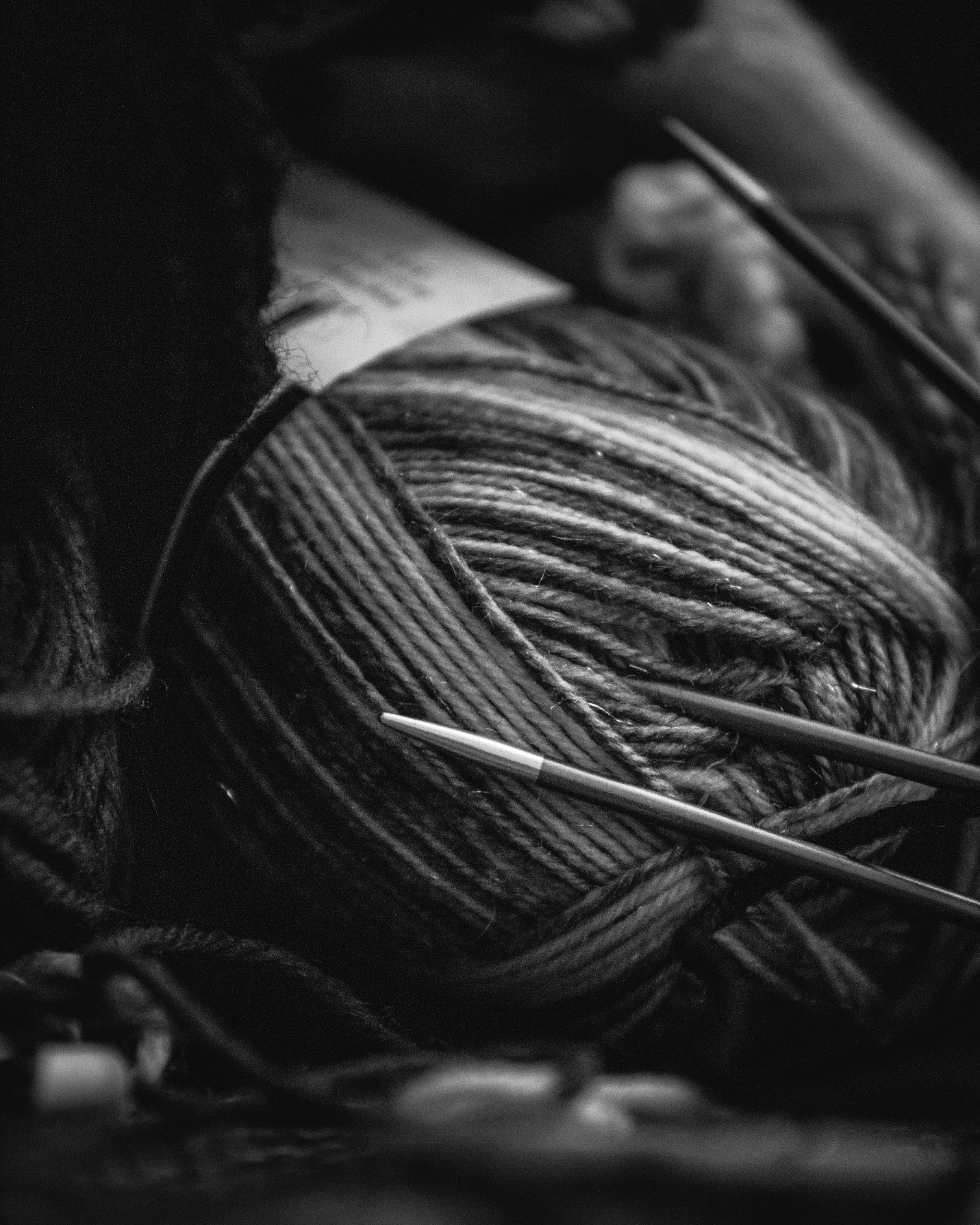Traveling is not just about exploring new landscapes and indulging in local cuisines; it’s also a golden opportunity to unravel the rich tapestry of cultures and traditions that span our globe. For those passionate about knitting, crocheting, or any yarn-related craft, every journey offers a chance to collect more than just photographs and memories.
Each new destination comes the chance to gather unique information about yarns from smart-knit-crocheting and gain fresh inspiration to infuse into creative projects. This article delves into the art of collecting yarn and inspiration from worldwide, turning each trip into an enriching and colorful adventure.
1. The Allure Of Local Yarn Shops:
For those who love working with yarn, there’s a special joy in exploring local yarn shops when you visit a new place. These charming shops hold treasures you won’t find anywhere else – yarns made right in that region, crafted from the materials around, and colored with methods passed down through generations.
What’s more, you chat with the shop owners and fellow craft enthusiasts, sharing stories and wisdom about the area’s traditional crafts. It’s like discovering the heart of the place woven into every strand of yarn. It not only supports local businesses but also contributes to the preservation of cultural traditions.
2. Embracing Cultural Influences:
Diving into different cultures adds extra beauty to yarn crafts. Each culture has its special art that can inspire yarn projects. Think about the pretty designs on Persian carpets, the bright colors of Indian saris, and the small, lovely patterns on Japanese ceramics. These artistic ideas are like treasures that can give us great ideas for our crafts.
By integrating these cultural elements into yarn projects, crafters can pay homage to the places and stories they’ve encountered. It’s a nice way to show respect for the places you’ve been to and the stories you’ve learned.
When you use these cool ideas, your crafts become like bridges connecting people from around the world. So, yarn projects don’t just keep you warm; they also make your heart feel warm by celebrating lots of cultures.
3. Exploring Natural Fibers:
One of the most exciting aspects of collecting yarn from different parts of the world is the chance to work with various natural fibers. Each place provides its special kind of yarn made from materials found in that area. For example, soft alpaca yarn comes from the Andes mountains, while tough Icelandic wool is popular.
These yarns feel different and strong, reflecting the places they come from. Getting to know these local fibers isn’t just about touching them; it’s like making a close tie to the land and what it gives us.
It’s like going on an adventure where we learn about the materials that make our yarn and feel a strong connection to the environment they come from. So, by exploring these fibers, we’re creating things and becoming part of the stories these materials tell.
4. Adapting Traditional Techniques:
Discovering traditional yarn-making methods can be an exciting adventure for craft lovers. Learning how people spun, dyed, and weaved yarn in the past can teach us a lot about their history and smart ideas. Using these old techniques for our projects makes our work genuine and connects us to the past.
More than just being real, we’re passing down the talents of people who lived before us. By using these special methods in our modern creations, we keep alive the cleverness and skills of those who lived long ago. So, whether making yarn or coloring threads, we’re crafting things and linking them to our cultural beginnings.
5. Finding Inspiration In Architecture And Landscapes:
The architecture and landscapes of a destination can ignite the creative spark in unexpected ways. The detailed metalwork of balconies, the repeating designs on textiles, and the mathematical patterns on tiles – all of these can be translated into knitting and crochet patterns. By deconstructing these visual elements, crafters can infuse their work with the essence of the place, allowing their projects to tell stories of their travels.
6. Documenting Your Journey:
A travel journal isn’t just for recording or writing what you do daily. It’s like a special book where you can also draw what you see and write down the beautiful colors and textures you find in nature. You can even stick pieces of yarn or fabric to remember different places.
Later, when you’re back home and want to make something creative, your journal is like a treasure chest of ideas. You can use the colors you saw, the patterns you liked, and the things you collected to make something new. It’s like a magical way to bring your journey back to life through your art. So, while you’re exploring, take time to sketch, write, and collect – these bits will help you tell stories later, turning your memories into something you can touch and see again.
7. Participating In Local Workshops:
Many destinations offer opportunities to participate in workshops or classes by local artisans. Expand Your Knowledge and crafting skills by joining such workshops, exposing you to new techniques and perspectives. Engaging with local crafters enables the exchange of ideas and the cultivation of a global crafting community, fostering a sense of camaraderie that transcends borders.
Conclusion
Traveling for yarn and inspiration is an enchanting endeavor that goes beyond the realm of crafting. It explores cultures, traditions, and the interconnectedness of human creativity.
By seeking out local yarn shops, embracing cultural influences, exploring natural fibers, adapting traditional techniques, drawing inspiration from architecture and landscapes, documenting your journey, and participating in local workshops, you can turn your travels into an extraordinary voyage of creativity.
So, the next time you embark on a journey, remember to pack your wanderlust and knitting needles as you set out to collect yarn and weave the threads of global inspiration into your artistic tapestry.








